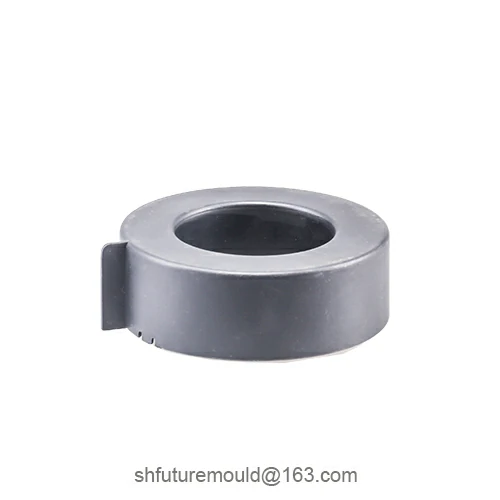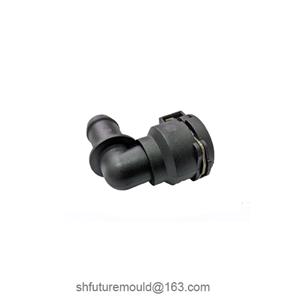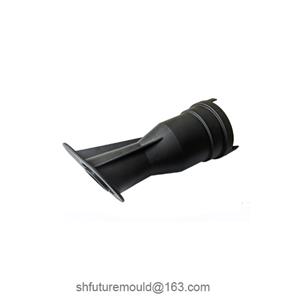How to Prevent Heat Treatment Deformation in Injection Molds?
Injection molds are prone to deformation during heat treatment, which affects their precision and service life.
1. Material Selection and Structural Design
Choose appropriate mold steel:
Prioritize steels with excellent heat treatment stability, such as H13, S136, P20, and 8407.
Ensure good hardenability, thermal strength, and tempering resistance.
Optimize mold structure design:
Minimize wall thickness variations and avoid abrupt cross-sectional changes.
Ensure uniform wall thickness to prevent internal stresses caused by uneven heating or cooling.
Avoid complex irregular shapes; use modular designs when necessary.
2. Machining Process Control
Pre-treatment (e.g., annealing or normalizing):
Perform annealing after rough machining and before heat treatment to eliminate machining stresses.
Ensure uniform microstructure to reduce deformation during subsequent heat treatment.
Proper machining sequence:
Complete rough machining before heat treatment.
Perform finish machining after heat treatment, minimizing material removal to reduce stress-induced deformation.
3. Heat Treatment Process Control
Heating methods:
Use slow, uniform heating to avoid thermal stresses from rapid temperature rises.
Apply staged heating for molds with complex shapes or uneven thicknesses.
Preheating and staged heating:
Implement single or multiple preheating stages (e.g., 550℃ → 850℃ → 1050℃) to reduce thermal gradient stress.
Control heating rates to minimize temperature differences between surface and core.
Quenching methods:
Select suitable quenching media (oil, air, salt bath, or interrupted quenching).
Air cooling or interrupted quenching causes less deformation than direct oil quenching.
Ensure symmetrical cooling directions to avoid localized rapid cooling.
For large or complex molds, use isothermal quenching or stepwise cooling after reaching specific temperatures.
Timely tempering:
Temper immediately after quenching to prevent cracking or deformation caused by residual stresses.
Set tempering temperatures and cycles according to the steel type and mold requirements.
- Injection Mold
- Automotive Injection Mold
- Electronics & Electrical Injection Mold
- Consumer Goods Injection Mold
- Airplane Components Injection Mold
- Medical Components Injection Mold
- Irrigation Components Injection Mold
- Injection Molds




